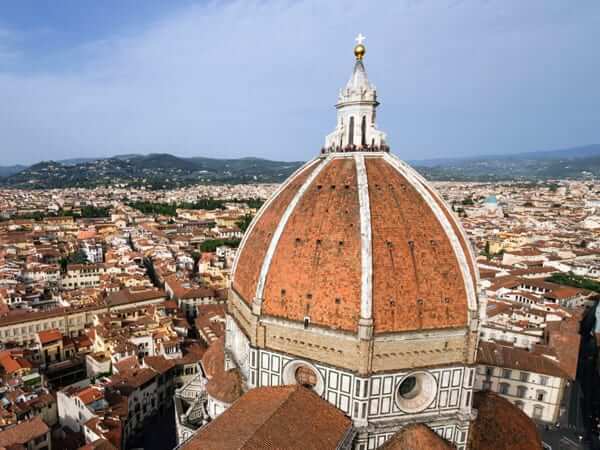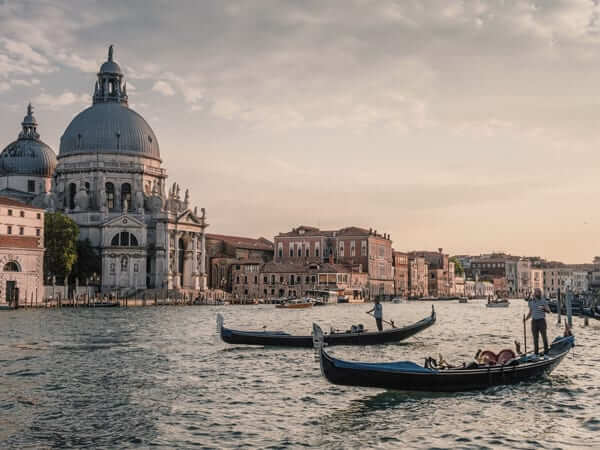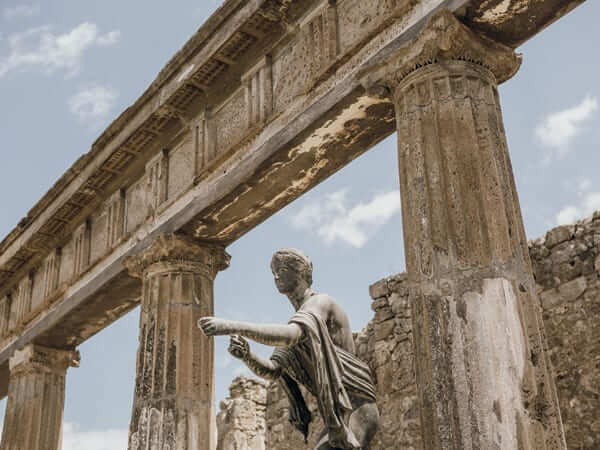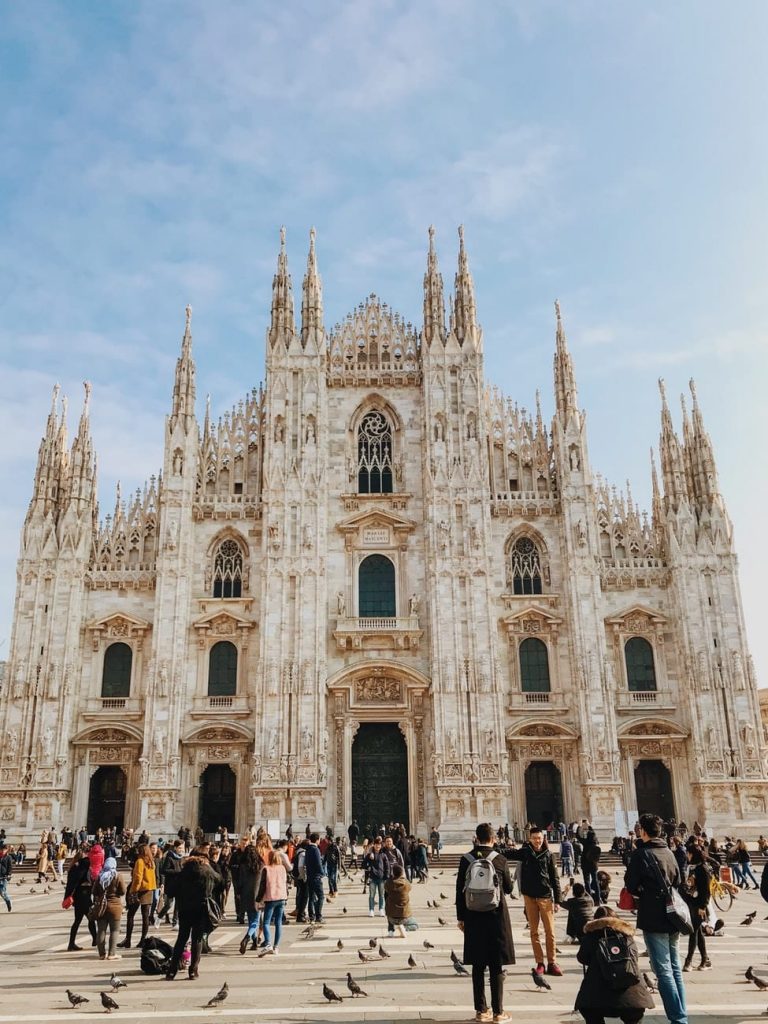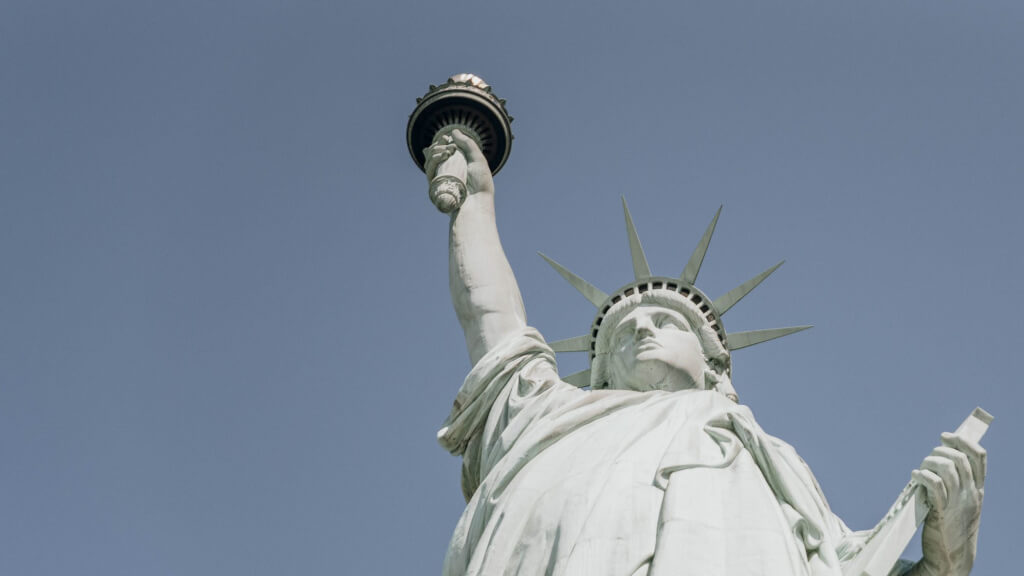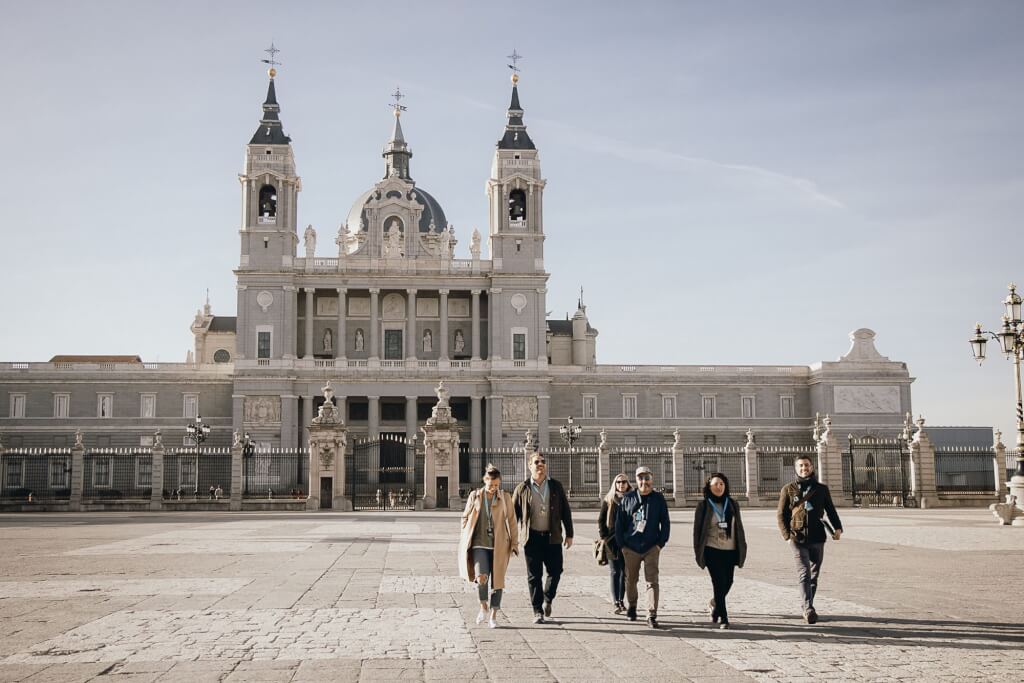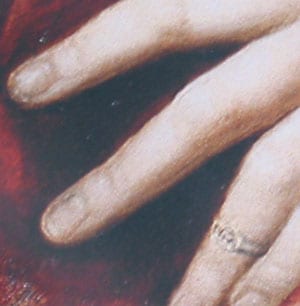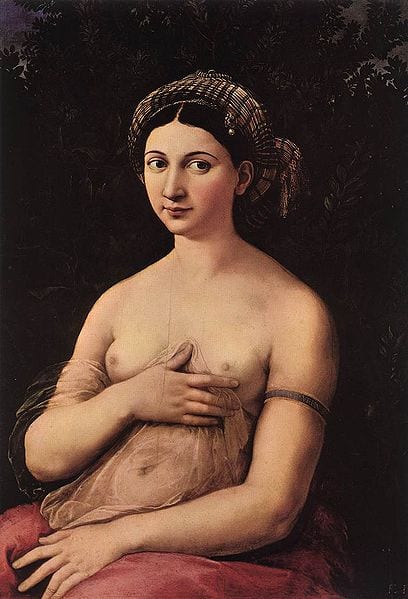
Italy’s Most Mysterious Paintings: Raphael’s La Fornarina
October 29, 2025
Between the constant debates over who the Mona Lisa really was, and Dan Brown’s “decoding” of the Last Supper, you might think that Leonardo da Vinci is the only Italian artist hiding some serious secrets. Far from it! There are dozens of works of art in Italy that are as mysterious as they are beautiful. Just take La Fornarina by Raphael.
This is a Renaissance portrait that’s not only sensual… it’s hiding some serious surprises.

Raphael’s famed portrait, La Fornarina, which is surrounded by mystery!
Table of Contents
ToggleLa Fornarina Facts
Here’s what we know about La Fornarina.
- We know the work is Raphael’s.
- We know it was completed around 1520, the year of Raphael’s untimely death.
- And we know, of course, what it depicts: a lovely young woman, posing mostly nude, staring with a sweet, coy look at the viewer (and at the artist).
But the big mystery and million dollar question is… Who was she?
Who was La Fornarina?
Of course, we can’t be sure. But some clues have led art historians to think she was none other than Raphael’s own mistress. And (here’s where Dan Brown would really go crazy) his secret bride.
To give some context, Raphael was a bit of a ladies’ man. But one woman, it seems, really stole his heart. Nicknamed La Fornarina, Margherita Luti, the daughter of a local baker, bewitched Raphael so much, the artist couldn’t concentrate on his commissioned work for Agostino Chigi—so much so that Chigi finally allowed her to move into the palace with him!
That the subject posed nude for Raphael is just one reason to think she might have been more than just a professional commission. Another hint: the fact that Raphael signed his name on the subject’s left armband, the arm connected to one’s heart. Or that her right hand is resting, gently, over her heart.
Clues discovered during restoration
If this really is la Fornarina, then an even greater mystery was uncovered a few years ago—literally. When the painting was cleaned and restored, something surprising turned up on the girl’s left hand: a wedding ring.
Why did that give believers of the portrait’s identity as la Fornarina cause to gasp? Because while Raphael was going around with the baker’s daughter, he was engaged… to a cardinal’s niece. He never married the woman. But this, some say, might be the reason why: Turns out, he was already secretly married to la Fornarina!
Finishing touches and cover-ups
That he would have kept the marriage a secret would have made sense, given his engagement and his high social status—and since he suddenly died at the age of 37, it’s equally plausible that a student of his would have rushed to cover up the ring, hoping to keep the marriage a secret for posterity. (It is, in fact, generally thought that the painting was found in Raphael’s studio when he died and that the “finishing touches,” including, perhaps, a cover-up, were added by his student, Giulio Romano, who then sold the painting).
Of course, lots of art historians disagree. One running theory is that the woman isn’t a lover of Raphael, but Francesca Ardeasca, the wife of Agostini Chigi. That would explain the ring. But there’s no other portrait of Francesca in existence, so it’s impossible to prove.
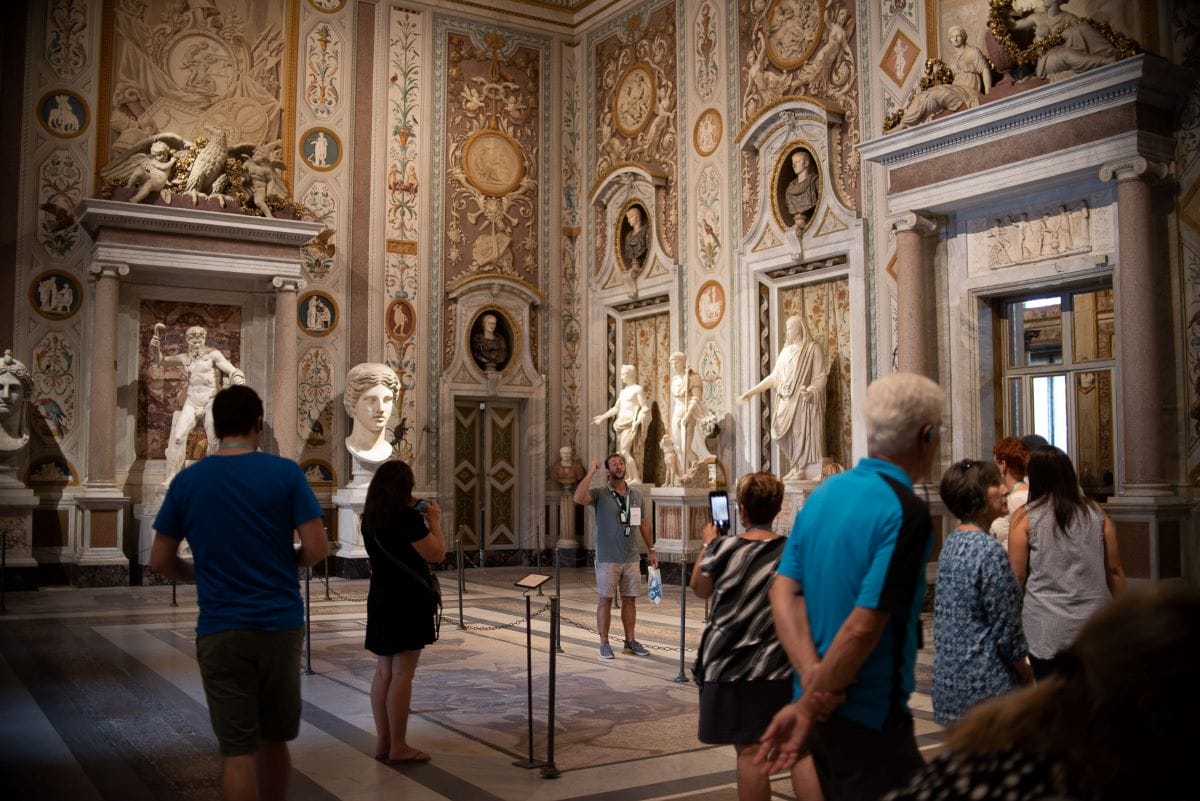
The Galleria Borghese will wow you with its collection of artefacts!
FAQ´s – La Fornarina
Where can I see La Fornarina today?
La Fornarina currently hangs in Palazzo Barberini in Rome, where visitors can admire Raphael’s work up close. An excellent copy is also displayed at Galleria Borghese, making it accessible for those exploring different parts of the city’s art collections.
What hidden details should I look for when seeing La Fornarina in person?
When viewing the painting, notice the subtle gestures: her right hand rests over her heart, and her left arm features Raphael’s signature. Look closely at the armband and the expression in her eyes—art historians argue that every detail may hold a secret, from personal symbols to clues about her identity and relationship with the artist.
Are there other artworks by Raphael that feature mystery or hidden meanings?
Yes! Raphael often included symbolic elements and subtle clues in his paintings. For example, some of his Madonnas contain hidden gestures or objects that convey spiritual or personal significance. Art historians continue to study these details, revealing layers of meaning that go beyond the obvious beauty.

Other works by Raphael include Portrait of a Lady with a Unicorn
If you find the stories behind the art as fascinating as we do, join our fascinating Borghese Gallery Tour. Led by an expert guide, this immersive experience takes you through the gallery’s most celebrated works, including a close-up look at Raphael’s La Fornarina.
You’ll uncover more details regarding the intriguing mysteries behind iconic portraits and masterpieces, all while learning about the artists and historical context that make the Borghese collection one of Rome’s true treasures.
by Walks of Italy
View more by Walks ›Book a Tour
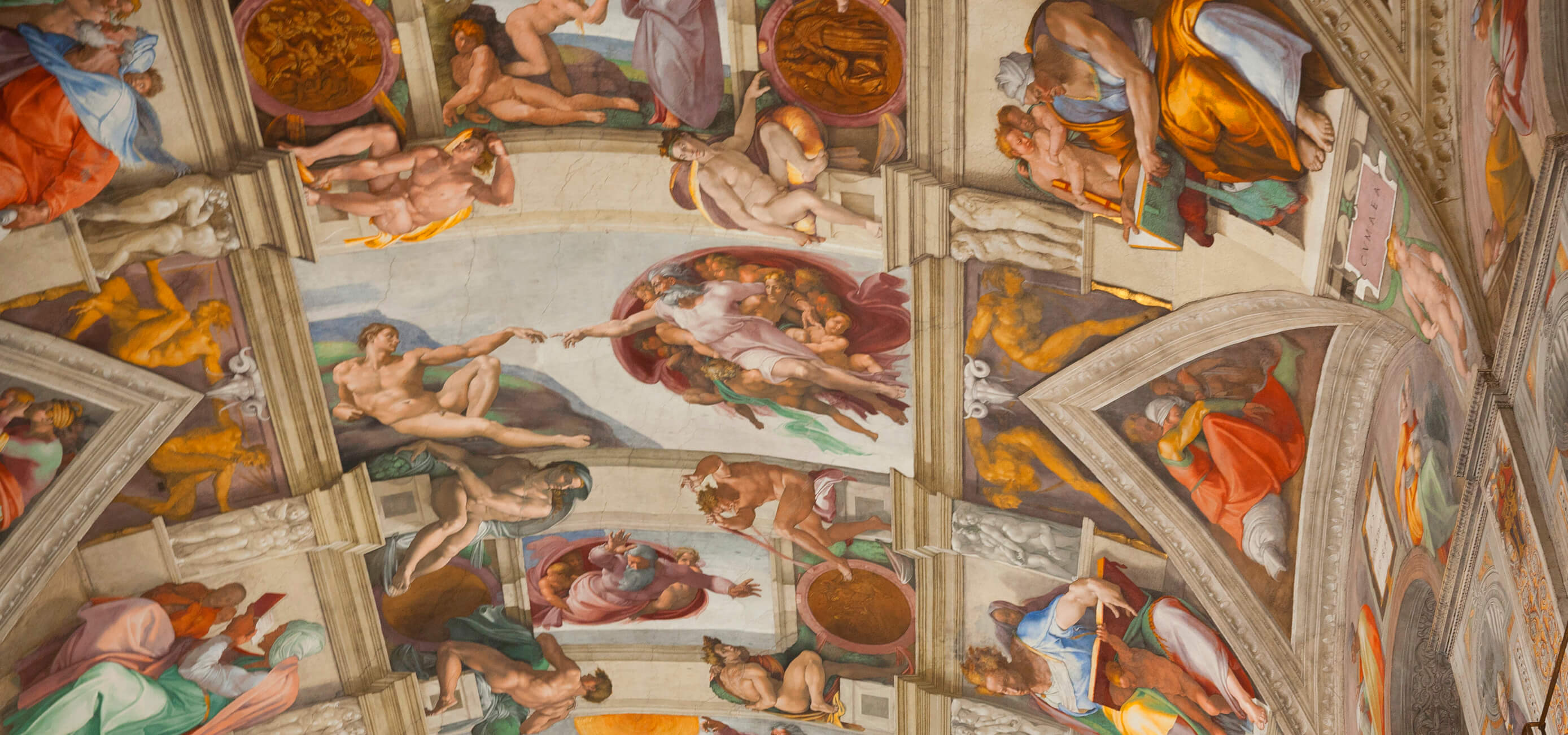
Pristine Sistine - The Chapel at its Best
€89
1794 reviews

Premium Colosseum Tour with Roman Forum Palatine Hill
€56
850 reviews
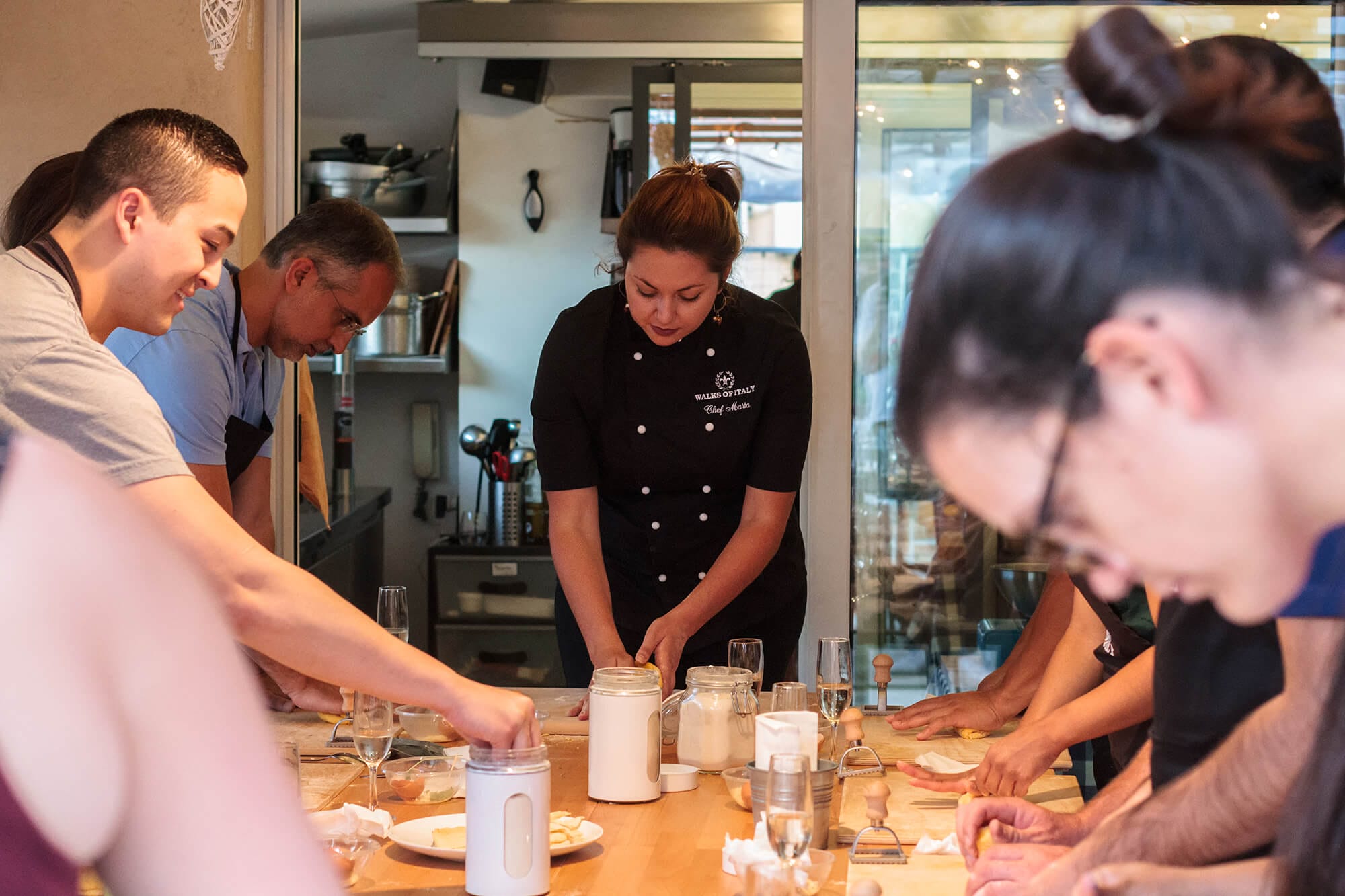
Pasta-Making Class: Cook, Dine Drink Wine with a Local Chef
€64
121 reviews

Crypts, Bones Catacombs: Underground Tour of Rome
€69
401 reviews
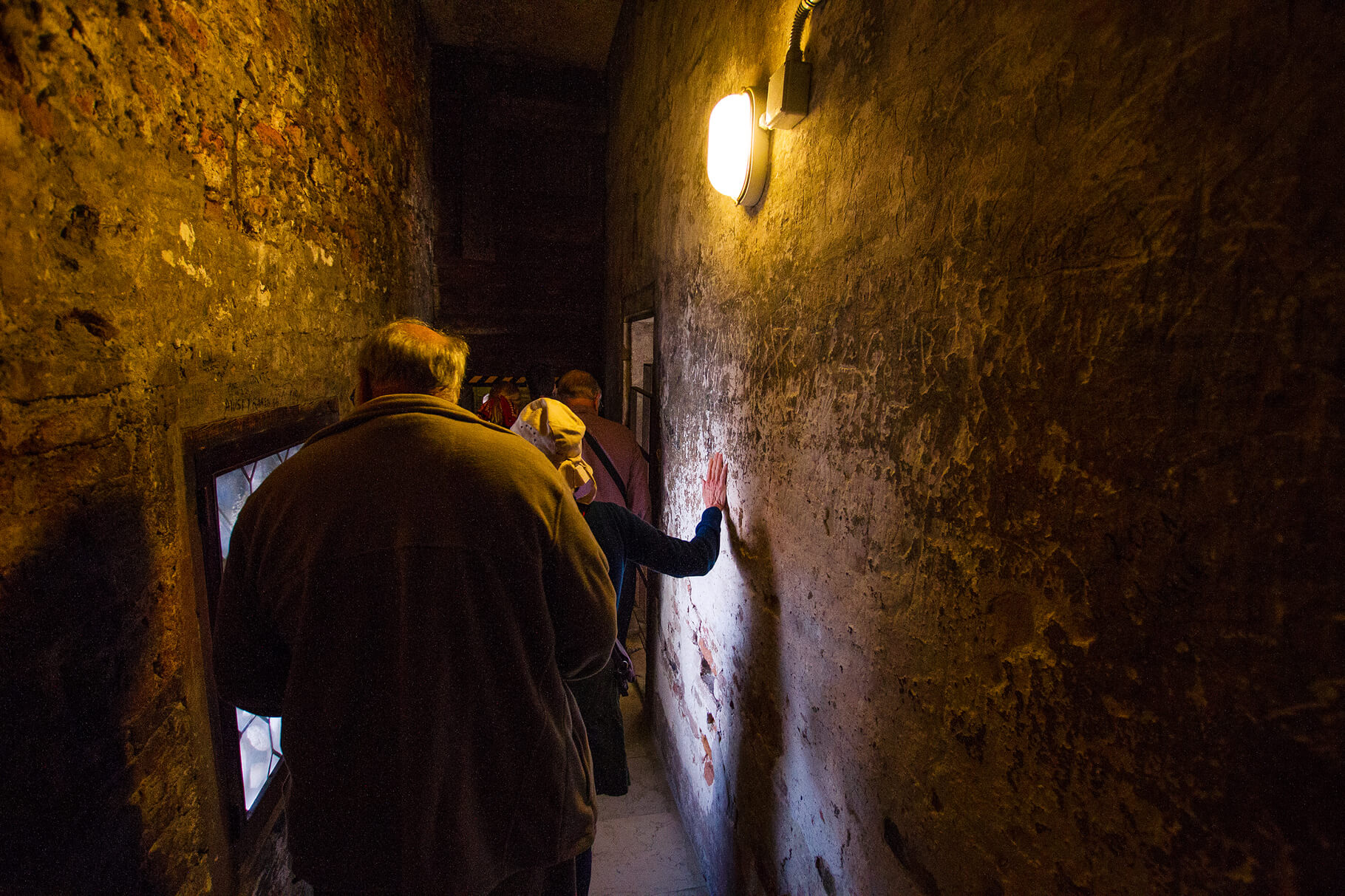
VIP Doge's Palace Secret Passages Tour
€79
18 reviews
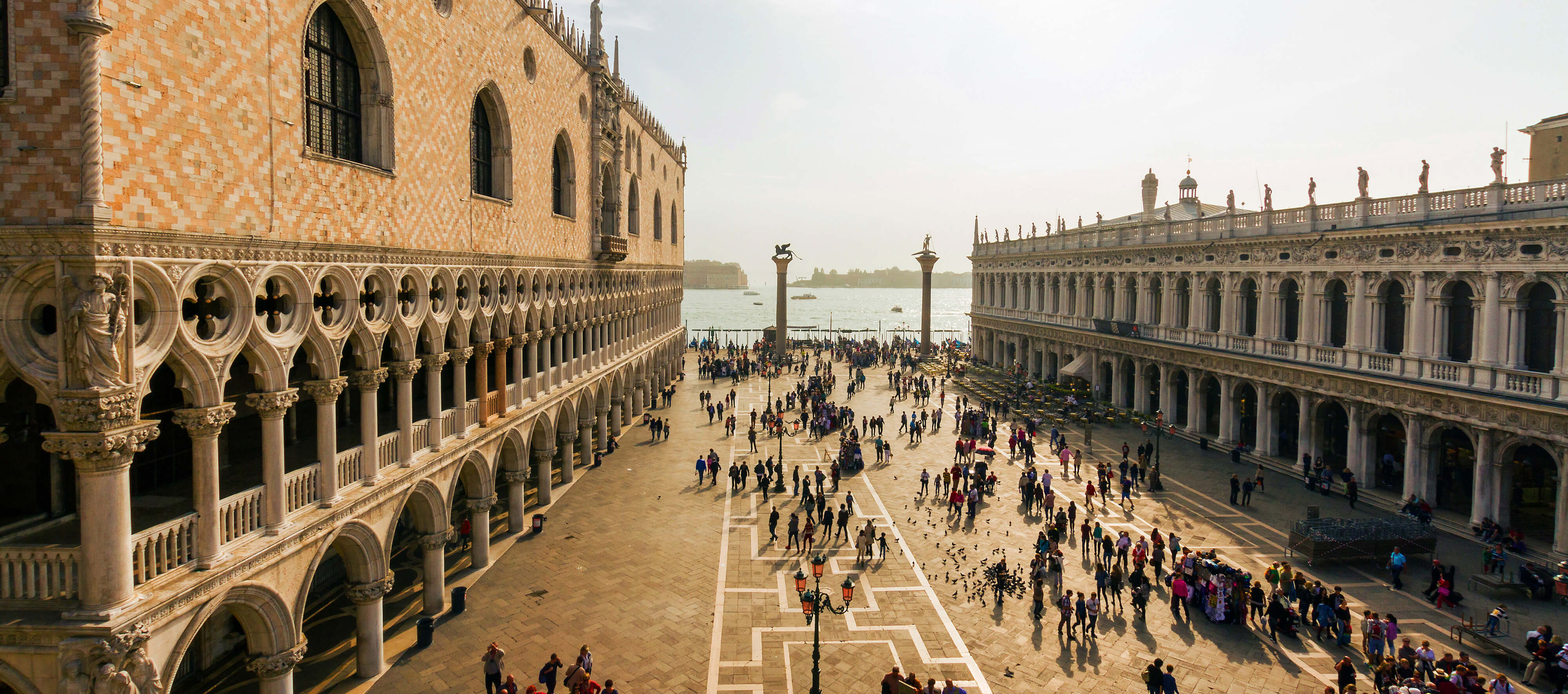
Legendary Venice: St. Mark's Basilica, Terrace Doge's Palace
€69
286 reviews


